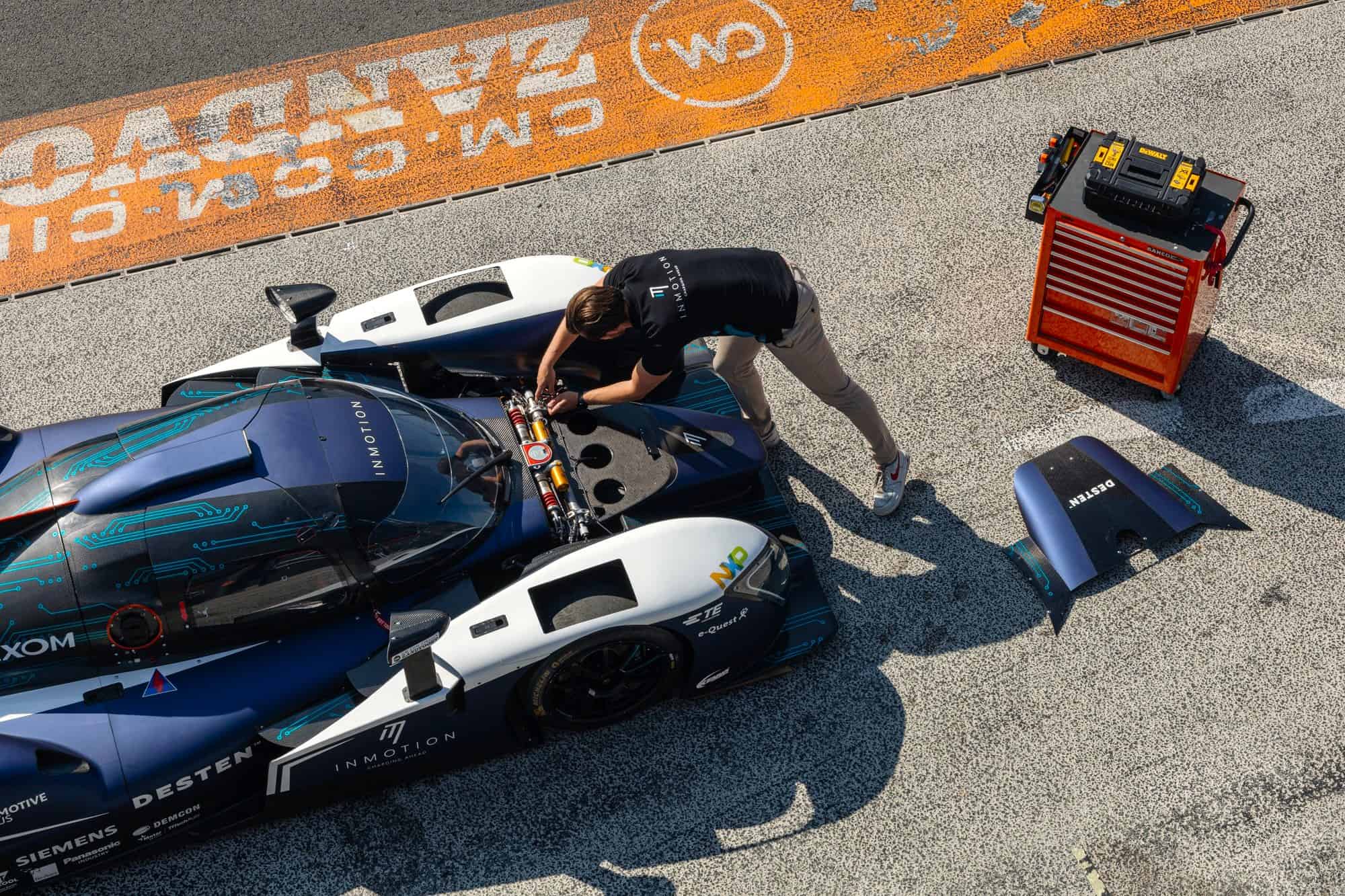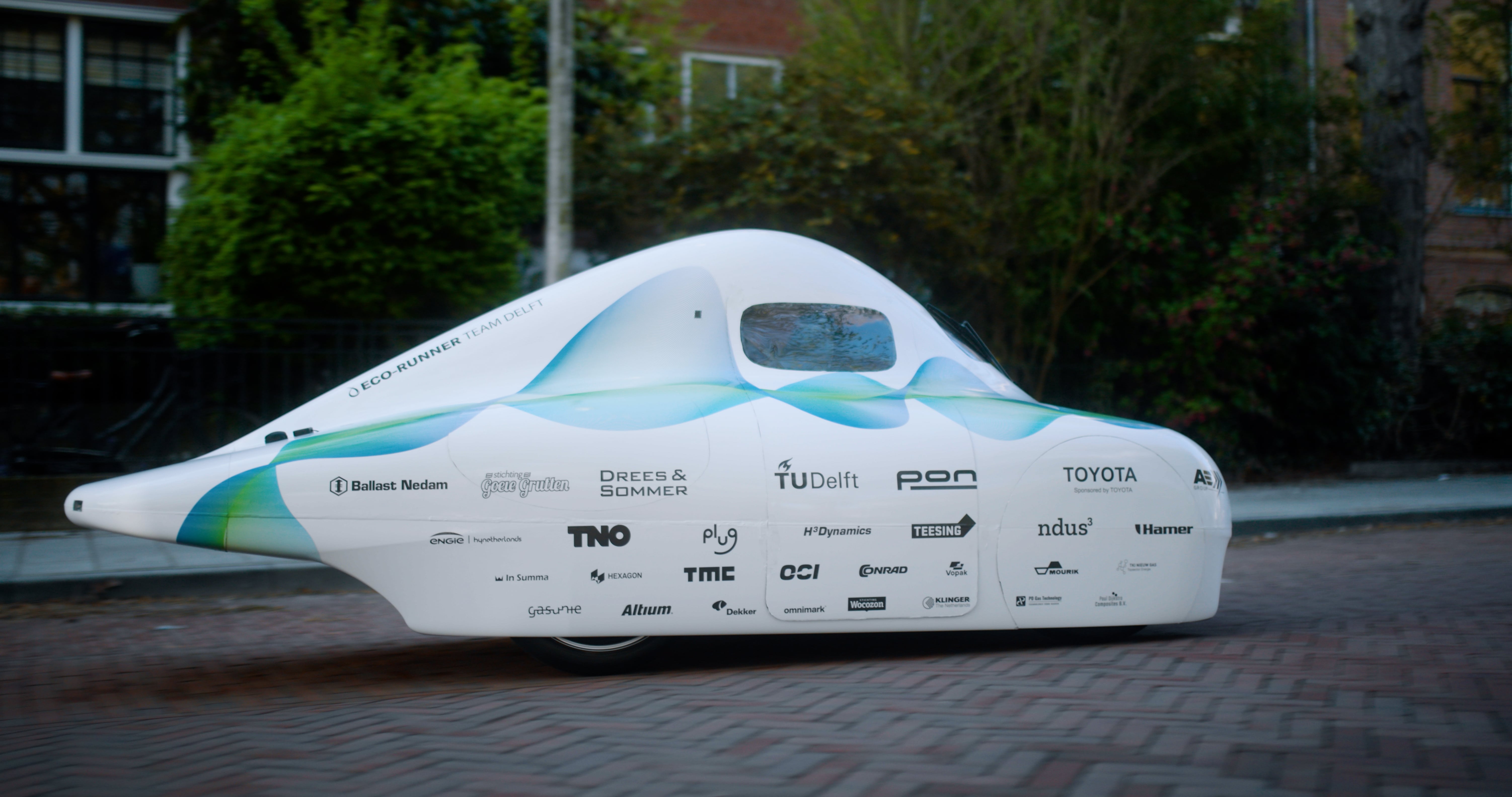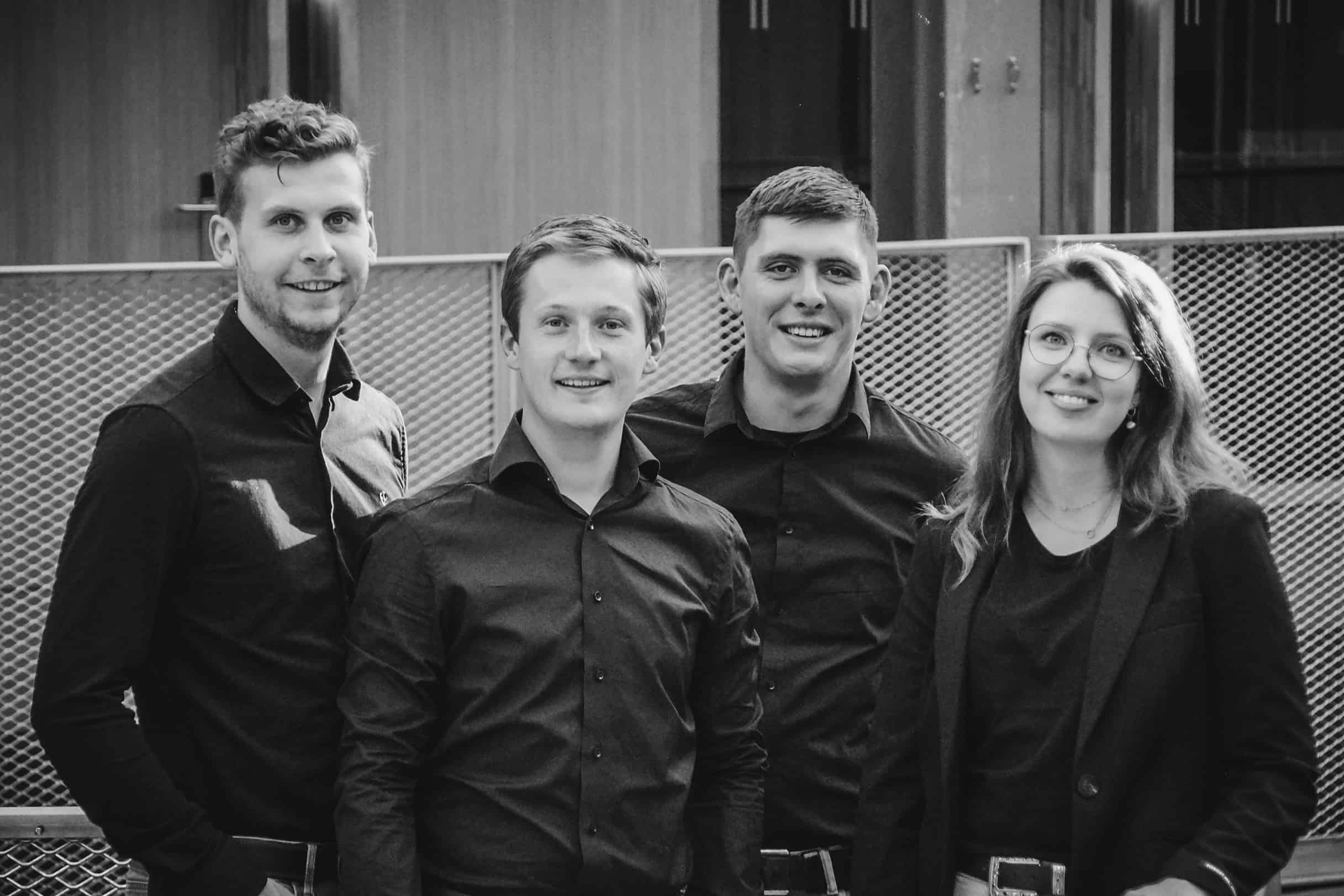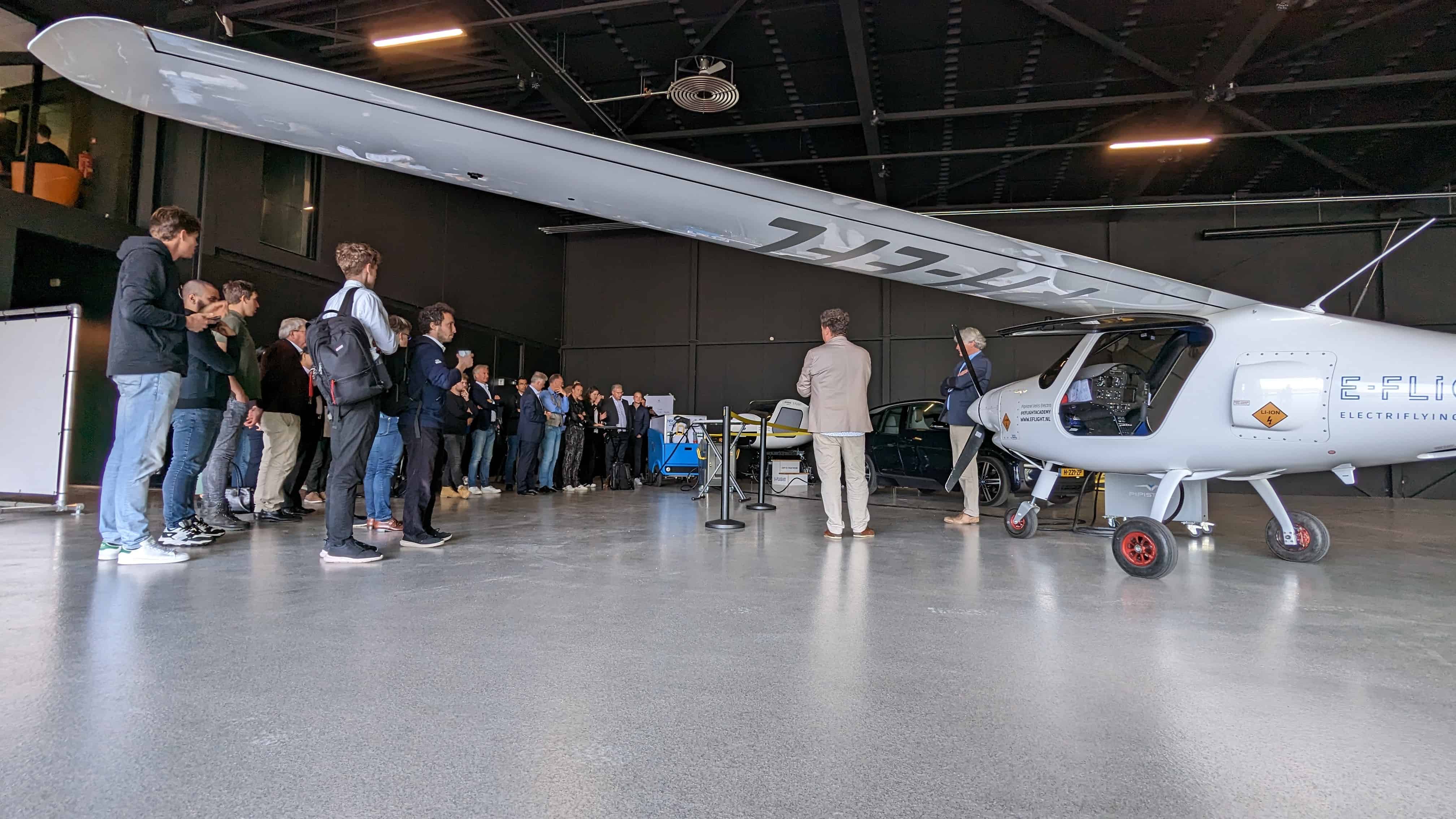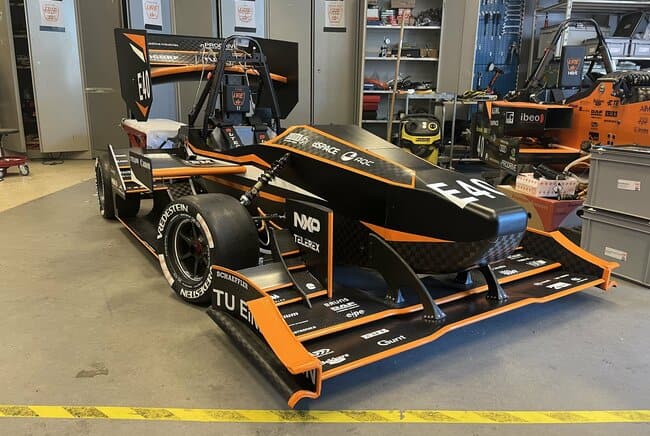
University Racing Eindhoven (URE) is celebrating its 20th anniversary, making it the oldest student team at Eindhoven University of Technology (TU/e). In honor of this anniversary, the team unveiled their fastest and lightest race car to date earlier this summer: the URE17. With this car, the team, currently ranked fourth in the world, aims to move up in the Formula Student competition‘s electric classes.
The competition sees 280 student teams competing against each other at three circuits (Assen, Hungaroring (Hungary), and Hockenheim (Germany). URE’s goal was to finish in the top five. At the Assen circuit, URE succeeded and finished fifth.
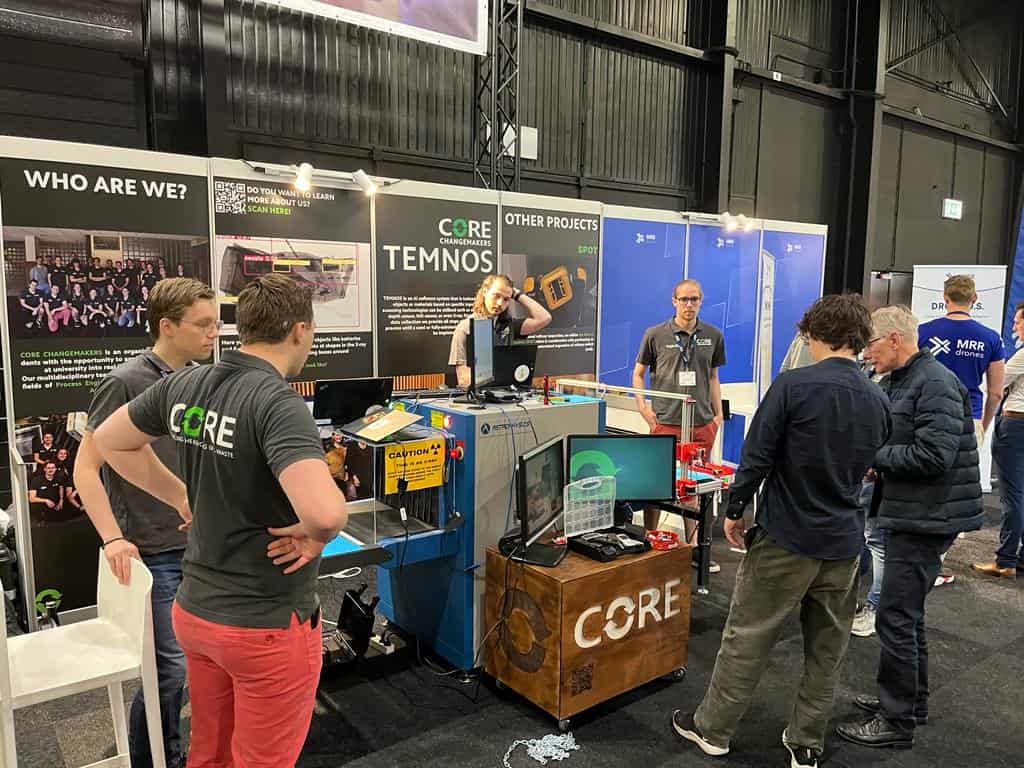

Lighter, faster, stronger
The URE17 can accelerate from 0 to 100 kilometers per hour in just 2.1 seconds – as fast as Max Verstappen’s RB19 – and has a top speed of 120 kilometers per hour (slightly slower than the RB19).
Furthermore, the race car is 25 kilos lighter than its predecessor, which weighed 200 kilos. “During a weight breakdown, we started looking: where does all the weight come from? Sub-teams then looked at how it could be lighter per part,” says team manager Fieke Wijnen, who will resume her studies in engineering physics next school year.
Those tactics worked. The electric motor controller lost more than half its weight compared to last year, and this edition’s calipers are made of aluminum (with a 3D printer) instead of steel. In addition, the team has paid a lot of attention to optimizing the position of different components in the car, reducing the weight of storing and securing them. “There are no more thick blocks in the car; you should rather think of a kind of tree structure. For example, the computer is no longer a separate component on top of the car but is incorporated into the body. There is material only where it is needed. On paper, it is our best race car so far.”

Advanced autonomous system
Besides the weight and speed improvements, the URE17 also features a more advanced autonomous system, making the race car faster and easier to switch between autonomous and driver-controlled modes. “We have a better computer, and the autonomous system is better integrated into the car. This shows we can do it: autonomous vehicles in the racing industry,” said Wijnen.
There was also plenty of tinkering with the battery. Instead of the cells from the battery pack being bolted together, they are welded together in the URE17. “That’s a lot more efficient and better for cooling the system,” she says.
Separately, these are all clever achievements, but to integrate all these parts into a system, Wijnen found the biggest challenge. “Everyone was very busy working independently, while everything ultimately had to work together in the race car. We often ran into things that just didn’t fit.”
URE’s electric and autonomous race car development aligns with the growing trend towards sustainable and environmentally friendly transport. As the automotive industry transitions to electric vehicles, URE’s project serves as a testament to the potential of electric powertrains in high-performance applications. Moreover, the autonomous capabilities of the race car highlight advances in self-driving technology and its potential impact on the future of transport.


